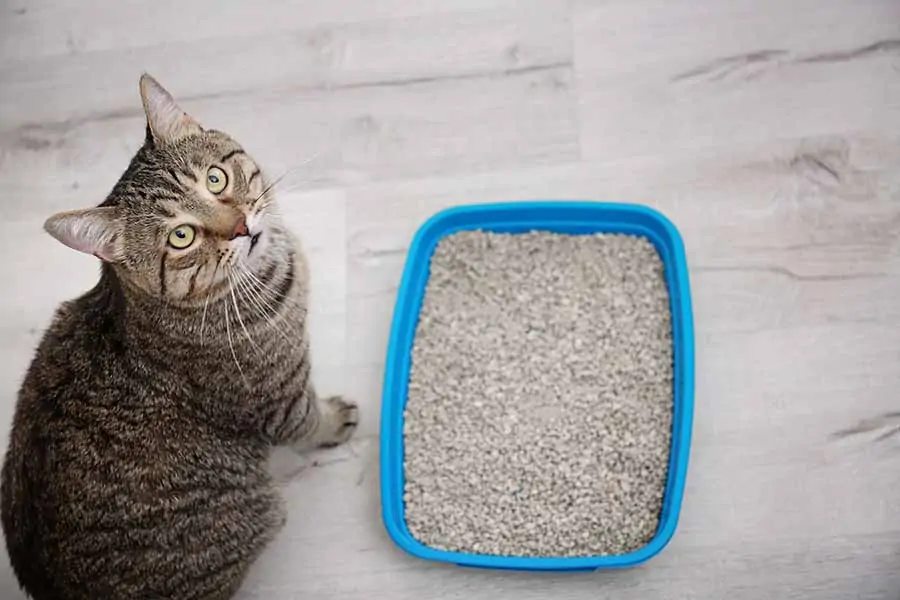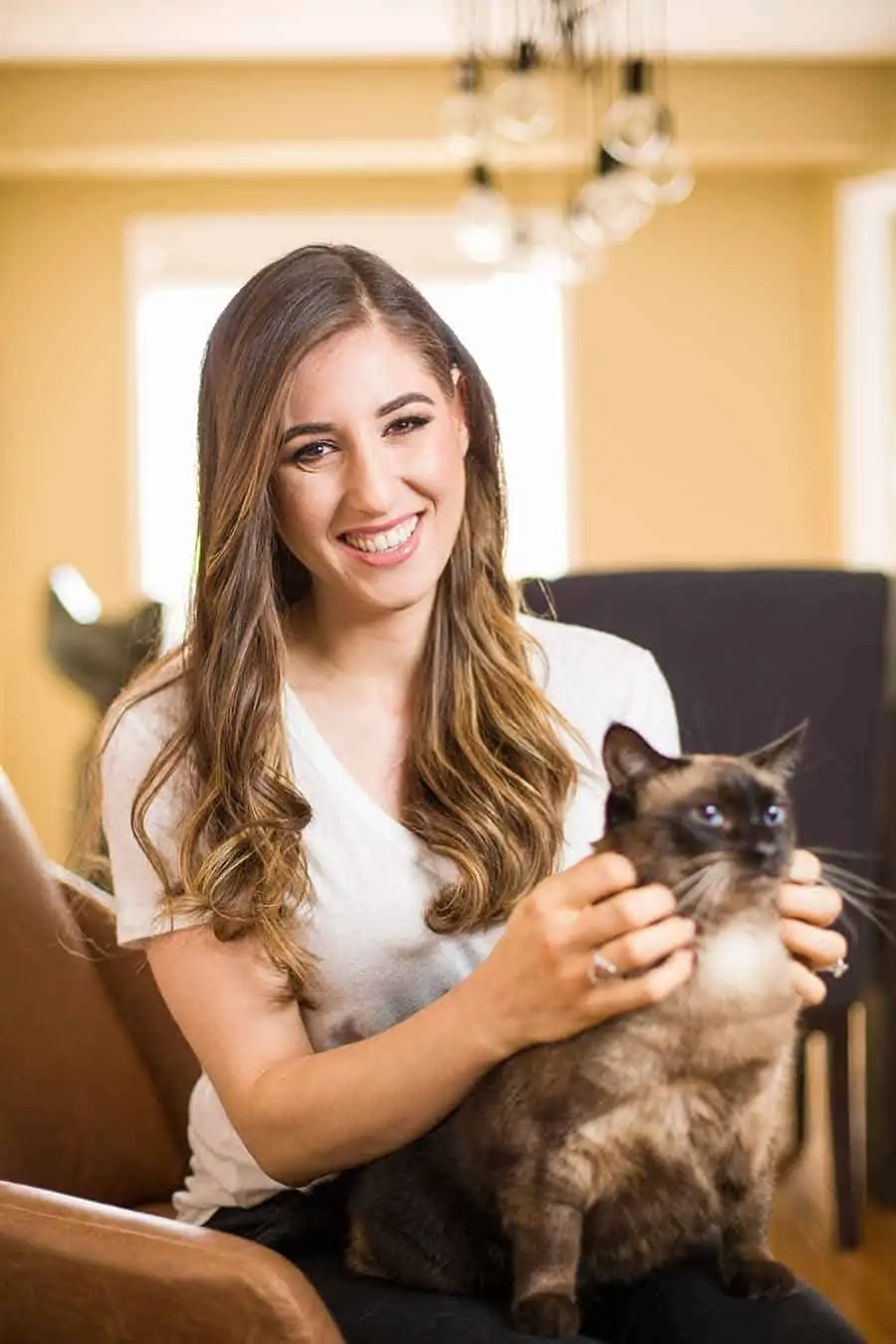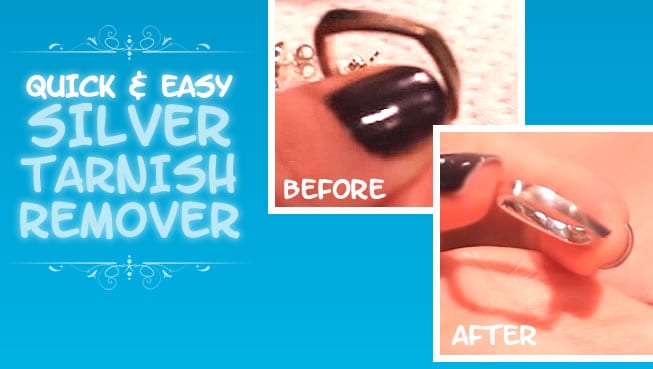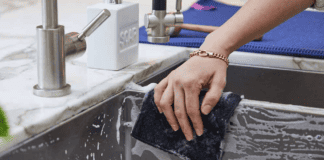There are a lot of articles out there about cleaning up after pets. At Clean My Space, we’ve written our share of them. So far, we’ve covered Products for Removing Stains and Pet Odors, DIY Cleaners for Pet Stains, and my personal favorite, Kitty Cleaning Requests.
But what people think about less is that to keep our pets healthy, we have to clean everyday items they are using. Just like you clean your own dishware, bedding, and commonly used items, you should also clean your pet’s items.
I know we all have so many cleaning duties on our plate already; the thought of cleaning our pet’s items can feel like too much. But if you clean well, you can clean less often and more quickly. So keep reading to find out what to clean for your pets and how.
Non-Toxic Cleaning Products For Pets
This is my important disclaimer: do not clean your pet’s items with toxic chemicals! Anything that is not OK to put in your mouth or your pet’s mouth should not be used to clean their items. Honestly, if you have pets or small children, I wouldn’t recommend using or even having toxic chemicals around unless they are strongly secured and out of reach.
The most common household products toxic to pets include bleach, ammonia, anything containing glycol ethers or formaldehyde, and scented products containing phthalates. Steer clear of these and always check the label!
Natural disinfectants like vinegar and baking soda are your best friends when it comes to cleaning for pets.

Collars, Leashes, and Harnesses
Whether your pet’s collar is made out of cloth, leather, or metal, it definitely needs to be cleaned periodically. Think about all of the things your cat rubs its neck against, especially if you have an outdoor cat. And I don’t think I need to remind you how disgusting your dog can get at the park.
Grab a bowl or bucket and fill it with hot water. Then mix in a teaspoon of baking soda. Use an old toothbrush or scrub brush to dip in the solution and scrub the collar, leash, or harness until it’s clean. Then rinse the item to get any baking soda off and let it dry before putting it back on your pet. You might want to do this in the evening, so the item has time to dry completely before you need it again.
Food Bowls
If you don’t wash food and water dishes, bacteria and mold can grow on them! It’s easy to forget about these bowls because you’re not the one eating and drinking from them. But just like you want to drink from clean cups, your dog would rather drink from a clean bowl. Well… maybe they wouldn’t, but a clean bowl will help them stay healthy and avoid nasty bacteria.
Luckily cleaning food and water bowls is easy. Dedicate a sponge to your pet’s food and water bowl and wash with the same dish soap you use on your own dishes. Almost all pet bowls I’ve encountered are dishwasher friendly, so you can also throw them in with your dishes when you run a load.
The Litter Box
If you’re scooping the litter box daily, that’s great. But once a week, you should be emptying the entire box and giving it a good clean. There’s a whole lot of bacteria in there, so make sure you wear gloves when you do this.
To clean the litter box, first, empty it entirely. Next, fill the litter box with warm water and a few spoons of baking soda, and let this soak for ten minutes. Then hose the whole box out in the backyard. Dry with a paper towel before refilling. If you need more litter tips, check out my article, The Best Litter Box Cleaning Routine.

Pet Brushes
Just like we should clean our hairbrushes, we need to clean pet brushes as well. Luckily you don’t need to do this that often. How frequently you need to clean pet brushes also depends on how often you brush your pet. For example, I brush my cat once a week, and I clean her brush about once a month.
I start by using my hand to pull out the fur. If this grosses you out just wear gloves. Then, I add warm water to a big bowl. I like to add a half cup of vinegar as my disinfectant, but you can also use a squirt of your pet’s shampoo. I soak the brush for five minutes; then, I rinse the brush under running water for one minute to dislodge the remaining hair. And, of course, let it dry before you put it away.
Pet Bedding
We’ve finally come to the dreaded laundry section of this article. Don’t come at me; I hate laundry too, and if I could train my cat to wash her own bed, I would. But, until my cat learns how to use the washing machine, it’s up to me to wash her bedding.
Hopefully, your pet’s bed has a removable cover so that you can throw that in the washing machine. If not, I would recommend replacing them when they get dirty and choosing a bed with a washable cover. Wash all pet bedding together, so that’s any blankets, pillow covers, etc.
Choose a non-toxic and unscented detergent and use it sparingly. I also like to add a quarter cup of vinegar to my cat’s laundry. This helps kill bacteria and eliminate smell naturally and safely. Always wash in a hot cycle, unless the bedding tags say otherwise. And always dry before returning the items to your pet.

Happy, Healthy, and Clean Pets
We all know having pets is a lot of work. If I had a quarter for every time my cat has thrown up on a rug, I would have a whole lot of quarters. But hopefully, by cleaning their bedding, collar, bowl, brush, and litter box, I’m helping keep my cat healthy and vomit-free (well, at least more than if I wasn’t washing their items).
So that’s it for pet items you should be cleaning. Clean well, and always use non-toxic products that are safe for your furry friends.
Looking for a BETTER & EASIER Way to Clean Your Home?
Cleaning Expert Melissa Maker is here to help with her game-changing 3 Wave Cleaning System that will help you clean your house faster and easier than you ever thought possible!


















How to get pee smell out of apartment. It seems it is coming from a tiled area